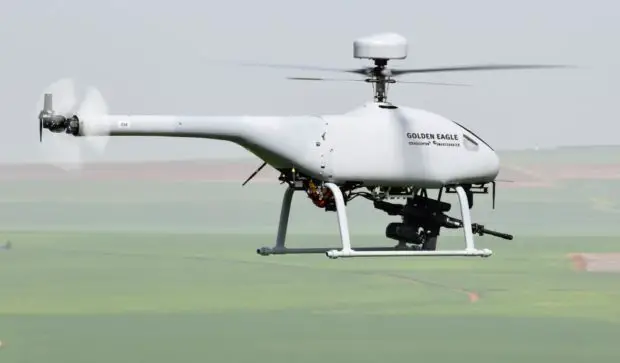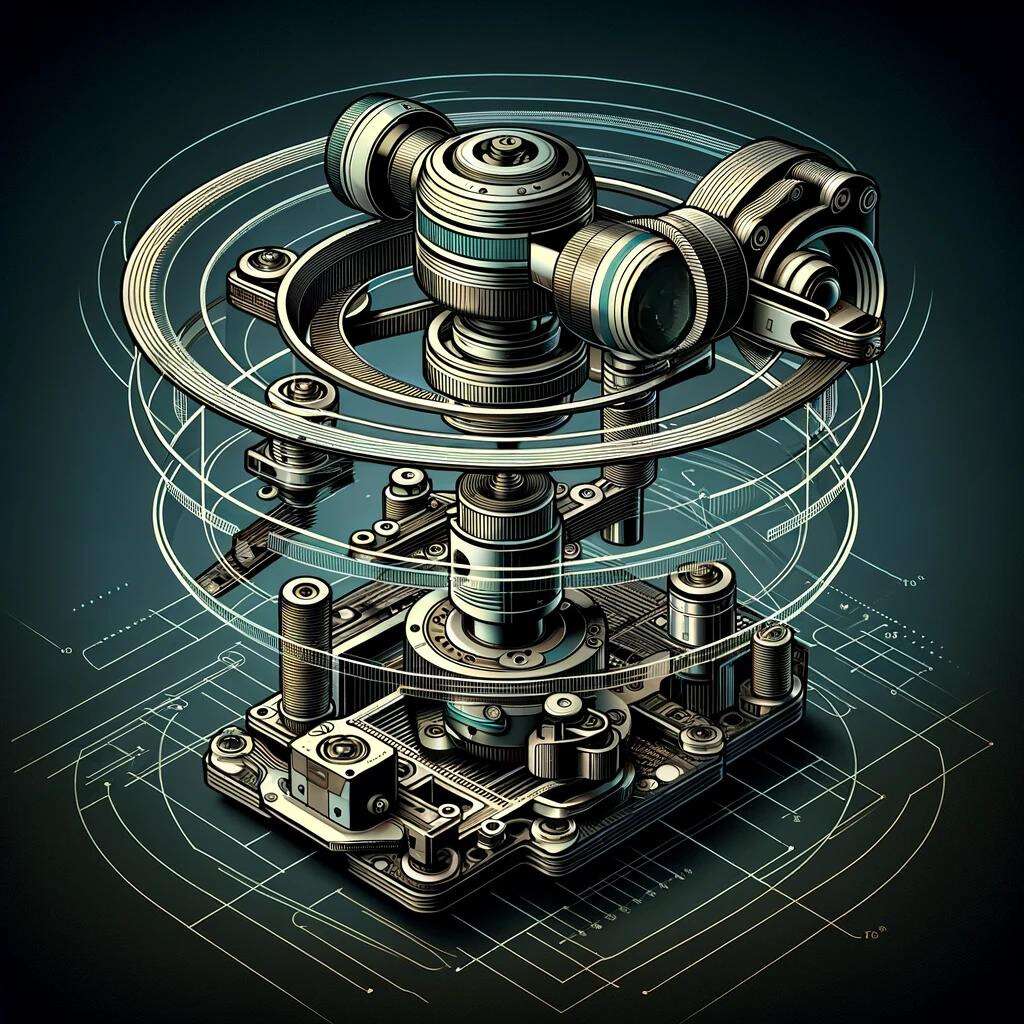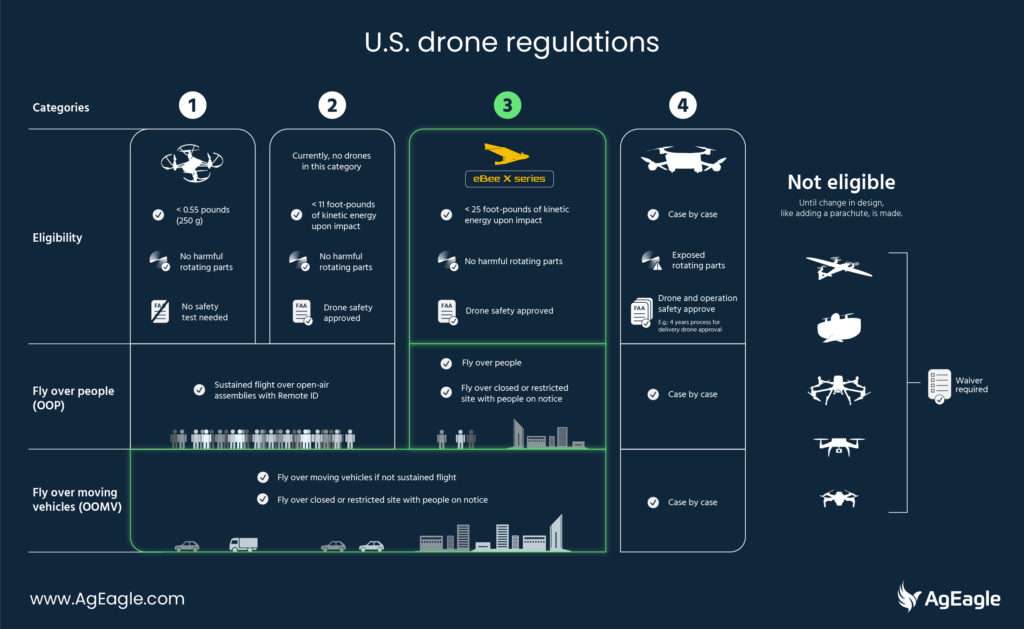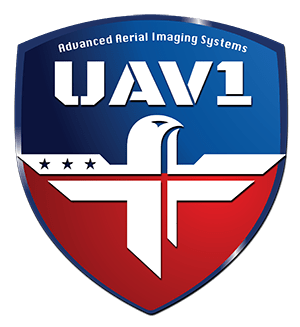The Best Thermal Gimbal Camera for Complying with Drone Weight Restrictions
The M2D Micro Gimbal, available on UAV1 is a highly acclaimed solution for drone operators looking to comply with weight restrictions without sacrificing imaging quality. Its standout features are its compact size and advanced technological capabilities.
Key Aspects of the M2D Micro Gimbal:
- Exceptional Lightweight Design: Weighing just 160 grams, it’s acclaimed as the world’s lightest thermal gimbal. This makes it ideal for drones with strict weight limitations, ensuring compliance without compromising on functionality.
- Advanced Imaging Capabilities: It offers high-resolution thermal imaging, crucial for capturing accurate data. The gimbal houses both HD CMOS continuous zoom low light visible daytime EO camera and a thermal imaging IR FLIR camera, enhancing its utility in a variety of lighting conditions.
- Superior Stabilization: Equipped with gyro-stabilization, it ensures rock-steady imaging on all axes. This feature is critical for maintaining clarity and eliminating blurs in surveillance and inspection tasks.
- Versatile Application: Designed for use with UAS, UGV, & SUAS, the M2D demonstrates adaptability across diverse scenarios. It is suitable for manned and unmanned platforms, including fixed-wing, rotary-wing aircraft, drones, UAVs, UAS, and UGVs. This versatility makes it a valuable tool in various fields, from surveillance to agriculture.
- Robust and Durable Design: The M2D’s rugged military-grade construction ensures durability in challenging environments. It is designed to be robust, with additional mechanical dampeners for extra stability.
- Efficient Power Usage and Performance: With a power consumption of less than 9W and operational capability in temperature ranges from -20°C to +60°C, it’s designed for high performance in diverse environmental conditions.
- Advanced Features and Analytics: The M2D comes equipped with advanced capabilities like EO/IR object tracking, geo-location accuracy, video compression, IP streaming, and video recording. These features elevate its utility for high-end surveillance, security, and defense applications.
- High Definition and Thermal Imaging: It supports 1280 HD ultra-sensitive high definition thermal IR imaging and 1920 HD BSI CMOS visible EO channels. These features are crucial for clear imagery, especially in night operations or obscured visibility conditions.
- Target Tracking and Geo-Tagging: It offers functionalities like geo-tagging, geo-locking, and target tracking, essential for surveillance and reconnaissance missions. The ability to keep the camera focused on a specific geographical point, regardless of drone movement, is particularly beneficial for dynamic operational environments.
- Easy Integration and Operation: The M2D is designed for easy attachment and detachment from drones or platforms, and it supports various software for data analysis and management. Its compatibility with a wide range of drones and platforms adds to its appeal.

The Importance of Stabilization in Aerial Thermal Imaging:
Thermal imaging cameras, when mounted on drones, provide invaluable data by detecting heat signatures from various objects and environments. However, the quality of thermal images is heavily reliant on the stability of the camera. This is where UAV gimbals come into play. These gimbals are designed to counteract the movement of the drone, ensuring that the camera remains steady, which is crucial for capturing clear and consistent thermal images.

Conclusion
In summary, the M2D Micro Gimbal is a compact, lightweight, and technologically advanced gimbal camera system that excels in thermal imaging and stabilization. Its wide range of applications, from surveillance to environmental monitoring, coupled with its adaptability to various platforms, makes it an ideal choice for drone operators needing to adhere to weight restrictions while requiring high-quality imaging capabilities.
Drone Laws and Weight Regulations In The USA
In the United States, both commercial and recreational drone use is allowed, but it must adhere to regulations set by the FAA and local authorities. The FAA governs U.S. airspace. Key rules include:

Credit to www.AgEagle.com
- Recreational Pilots: Must register drones, pass the TRUST, and carry certification. They should fly within sight, avoid aircraft, and respect FAA airspace rules.
- Commercial Pilots: Need to be 16 or older, pass a TSA check, and read English.
- General Flying Guidelines: Fly at or below 400 feet, within sight, and away from restricted zones.
- Near Aircraft: Avoid aircraft, particularly around airports.
- Near People: Avoid flying over crowds, stadiums, or events.
- Emergencies: Don’t fly near emergency response activities.
- Private Property: Can fly low but must remain below 400 feet and within sight.
- Weight Restrictions: Drones should be under 55 lbs unless certified otherwise.
- Law Layers: Drone laws can span federal, state, county, city, town, and HOA levels.
